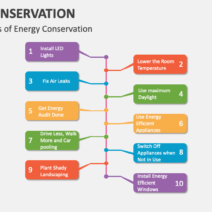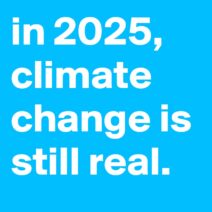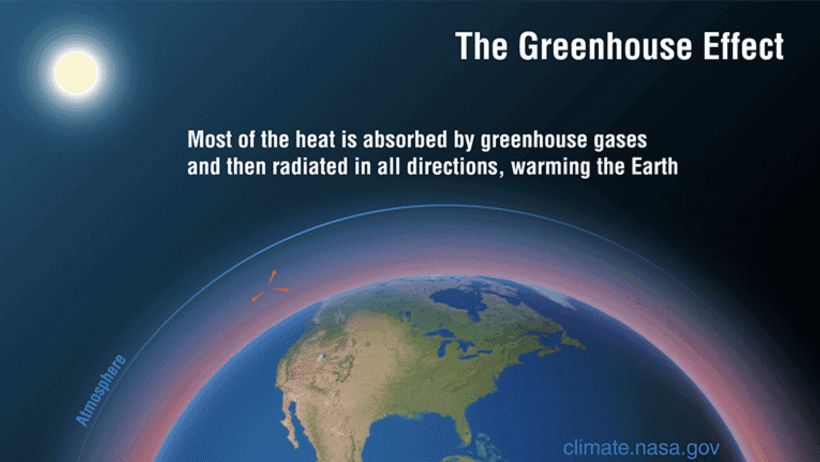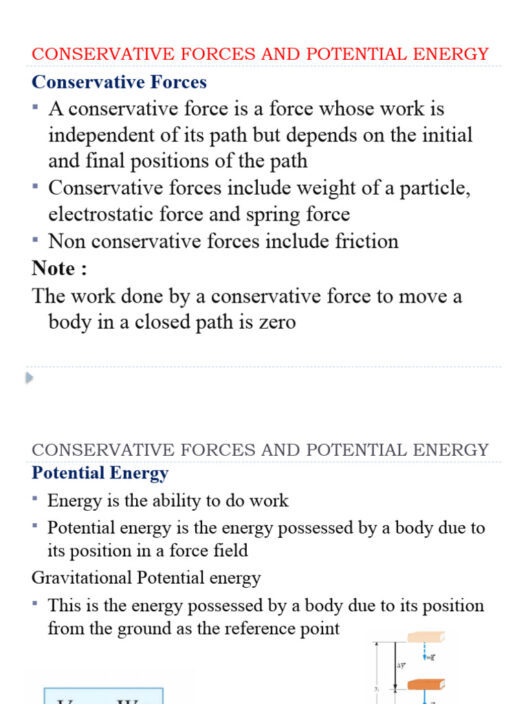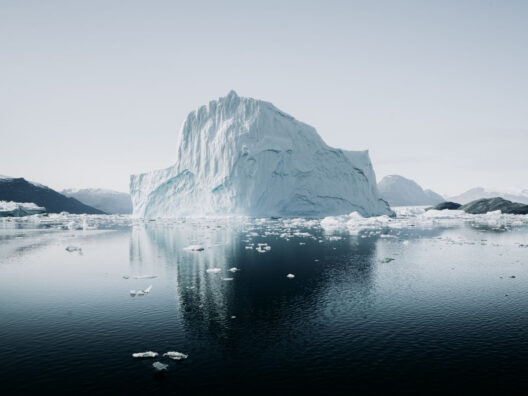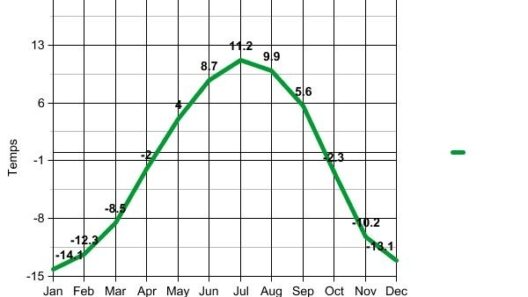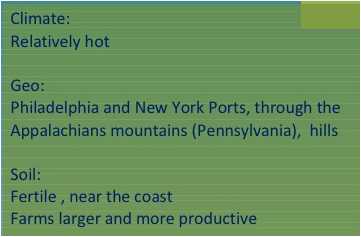Climate change, a term that evokes urgency, encapsulates a profound human dilemma: the unprecedented transformation of our planet’s climate system, primarily orchestrated by anthropogenic activities. It is a Faustian bargain—an insatiable pursuit of modernity that has come at a dire cost to our environment. The roots of climate change extend deep into the fabric of our industrial and societal evolution, revealing a tapestry woven of economic advancement, energy consumption, deforestation, and unsustainable practices.
The foundations of climate change are anchored in the greenhouse effect, a natural phenomenon that maintains the Earth’s temperature, making it habitable. However, augmentations of greenhouse gases, such as carbon dioxide, methane, and nitrous oxide, intensify this effect to an alarming degree. Consequently, we find ourselves living in a glass greenhouse, trapped within a structure of our own making, where the heat of human endeavor is gradually raising the thermostat of our planet.
Predominantly, carbon dioxide emissions emanate from fossil fuels—coal, oil, and natural gas—fueling our vehicles, heating our homes, and generating electricity. These energy sources, once hailed as the harbingers of progress, now function as some of the primary culprits in this climatic upheaval. The combustion of fossil fuels releases an unrelenting stream of carbon dioxide into the atmosphere. According to recent estimates, around 76% of global greenhouse gas emissions result from the burning of these fossil resources.
Moreover, deforestation exacerbates climate change, leading to the dual consequences of habitat destruction and the reduction of a vital ally in our fight against CO2. Trees act as carbon sinks, absorbing significant amounts of carbon dioxide from the atmosphere. When forests are obliterated for agriculture, urban development, or logging, not only is this natural carbon storage lost—but the act of cutting down trees releases stored carbon, fueling the vicious cycle. This process resembles a disappearing act, where the very guardians of our atmosphere vanish, leaving a gaping void that allows greenhouse gases to proliferate.
Additionally, the agricultural sector, a cornerstone of human civilization, has its own suite of contributions to climate change. Agricultural practices, particularly those involving livestock production, yield substantial methane emissions—a greenhouse gas that possesses a potency far outstripping carbon dioxide in its warming potential. The digestive processes of ruminant animals, such as cows and sheep, produce methane as a byproduct, while the decomposition of organic matter on agricultural lands emits even more. The irony lies in our reliance on farming as a source of sustenance while it simultaneously emerges as a significant driver of climatic instability.
Urbanization, another pivotal factor, encapsulates the transformation of human habitats and lifestyles. The migration of populations toward cities necessitates the construction of infrastructure, increasingly reliant on materials and processes that emit considerable amounts of greenhouse gases. Transportation networks, from the inefficiencies of internal combustion engines to the sprawling nature of city layouts, further perpetuate this emissions cycle. Urban areas become cauldrons of greenhouse gas emissions, intensifying the warming effect and rendering them hotspots of environmental vulnerability.
Industrial processes also contribute significantly to climate change, emitting pollutants and greenhouse gases during manufacturing. Factories transform raw materials into the products we utilize daily—often at a disproportionate environmental cost. From chemical manufacturing to cement production, these industries not only consume vast amounts of energy but also release greenhouse gases. The dichotomy of industrial production is that it fosters economic growth while simultaneously ravaging the planet’s climate—a dissonant symphony of progress and peril.
It is essential to examine the global context within which climate change unfolds. The developed world, with its legacy of industrialization, remains the largest polluter historically, even as emerging economies contribute an increasing share of global emissions. The challenge lies not only in reining in emissions domestically but also in fostering a cooperative global response to an inherently borderless issue. The balance of equity and responsibility weighs heavily. The principle of “common but differentiated responsibilities” calls for recognition of varied capacities and historical contributions to environmental degradation.
Furthermore, social and economic systems profoundly influence emissions trajectories. Global capitalism, which prioritizes rapid growth and consumption, often overlooks environmental repercussions. This relentless drive for profit can skew priorities and obscure the true costs of carbon emissions. Environmental injustices become apparent as marginalized communities, often the least complicit in these emissions, bear the brunt of climate impacts—facing dire consequences such as food insecurity, health disparities, and displacement.
However, amidst this grim narrative, a thread of hope emerges. The understanding of climate change’s causes ignites a powerful movement toward accountability and sustainable solutions. Renewable energy sources such as solar, wind, and hydropower present an invigorating alternative to fossil fuel dependence. Transitioning to a circular economy, where resources are reused and recycled, provides another avenue for reducing emissions and conserving precious materials.
Moreover, protecting and restoring forests stands as an immediate and effective measure in combating climate change. Initiatives focused on reforestation and sustainable land management can reinvigorate natural carbon sinks, promising a restoration of balance in the carbon cycle. Likewise, embracing sustainable agricultural practices and innovative technologies can minimize greenhouse emissions while still feeding our growing global population.
In conclusion, understanding the multifaceted causes of climate change offers us a clarion call for action. It is imperative to recognize that the challenge is not insurmountable; rather, it demands vigorous engagement, innovative solutions, and collective responsibility. Navigating this intricate web of causality paves the way for a sustainable future—one in which humanity harmonizes its aspirations with the resilience of the planet. Therein lies our chance to rewrite the narrative of climate change, transforming it from a story of devastation into one of rejuvenation and hope.
